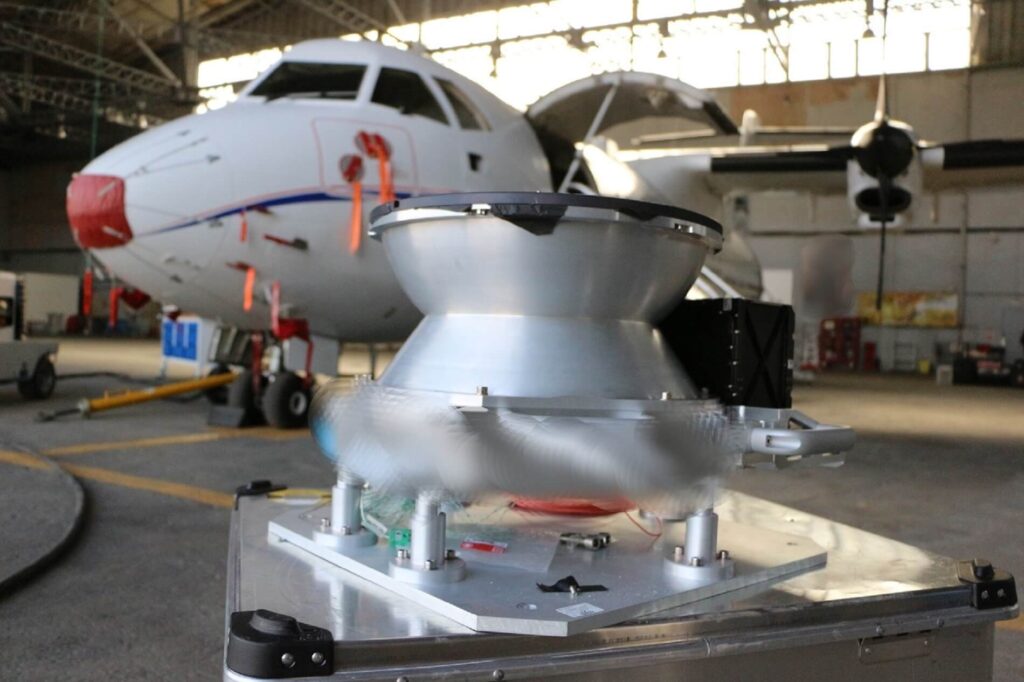The French Ministry of Armed Forces’ Defense Innovation Agency (AID) announced significant progress in developing its VISION project, a navigation system that relies on stargazing to guide aircraft.
Initially launched in 2016, the project aims to provide precise, autonomous navigation for military vehicles without relying on vulnerable satellite signals (GPS or Galileo).
Safran Electronics & Defense and Sodern lead the project, with Safran overseeing the navigation function and Sodern developing the stargazing capability.
The VISION system combines an inertial unit with multiple star finders, enabling round-the-clock navigation. Unlike traditional systems that depend on radio navigation signals, which are susceptible to jamming or deception, this technology offers a secure and discreet navigation solution.
Operating without emitting any electromagnetic signals, the system ensures a safe and precise trajectory independent of external navigation aids.
This system is intended to achieve precise navigation by avoiding the drift of an inertial unit during long-term missions. It could eventually equip many platforms, such as transport and tanker aircraft, long-endurance drones, and combat aircraft.
Aiming for the stars to replace GPS
The VISION project has undergone extensive testing, with several key milestones reached. The first phase, completed between November and December 2020, validated the system’s capability for daytime stargazing.
On October 23, 2024, the AID reported having recently concluded the second phase and further demonstrated its performance through both ground and flight tests.
First, initial sky observations confirmed the system’s ability to observe and track stars in broad daylight.
The second step included altitude and static tests performed at the Pic du Midi observatory. Here, the system successfully tracked 4 to 5 stars during both day and night, confirming its functionality across diverse conditions.
Lastly, the VISION system was installed on an ATR42 aircraft. A total of 28 hours of testing was conducted over five flights, three during the day and two at night, at varying altitudes.
“The demonstrator precisely attached and tracked many stars, allowing for an estimate of the aircraft’s position within a few hundred meters throughout the flight trajectory,” the AID explained.
With these positive results, the Defense Innovation Agency is moving forward with the preliminary design phase for equipment that could be integrated into operational aircraft. The ultimate goal is to mass-produce the system by 2025, expanding its application across military platforms and potentially into civilian use.
In the wake of Russia’s invasion of Ukraine, several European civil aviation authorities, including EASA, the French DGAC, and Finnish Traficom, have reported increased GPS signal disruptions affecting flights. As a result, Finnair temporarily suspended its daily flights to Tartu, Estonia, in May 2024.
From May 27 to June 2024, the French Air and Space Force (AAE) conducted extensive live GNSS (Global Navigation Satellite System) jamming to train crews for ground support missions in environments where geolocation is disrupted.

